
A team of scientists, including scholars from the University of Chicago, appear to have found the first X-rays coming from type Ia supernovas. Their findings are published online Aug. 23 in the Monthly Notices of the Royal Astronomical Society.
Astronomers are fond of type Ia supernovas, created when a white dwarf star in a two-star system undergoes a thermonuclear explosion, because they burn at a specific brightness. This allows scientists to calculate how far away they are from Earth, and thus to map distances in the universe. But a few years ago, scientists began to find type Ia supernovas with a strange optical signature that suggested they carried a very dense cloak of circumstellar material surrounding them.
Such dense material is normally only seen from a different type of supernova called type II, and is created when massive stars start to lose mass. The ejected mass collects around the star; then, when the star collapses, the explosion sends a shockwave hurtling at supersonic speeds into this dense material, producing a shower of X-rays. Thus we regularly see X-rays from type II supernovas, but they have never been seen from type Ia supernovas.
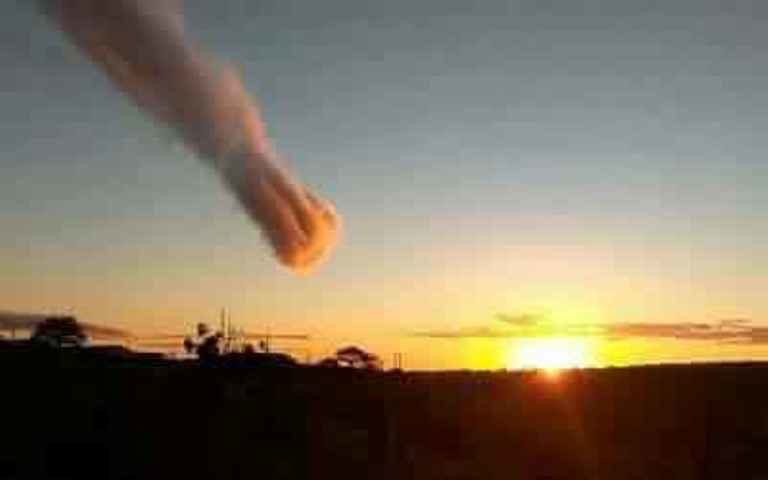
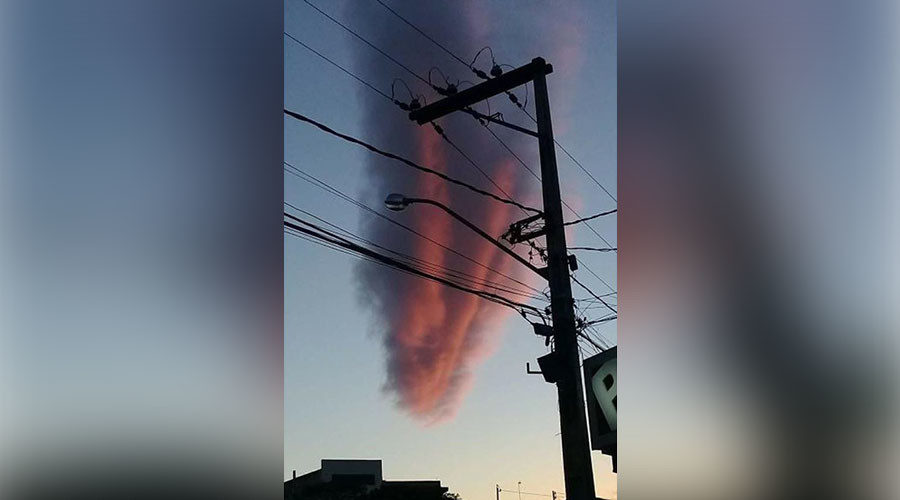
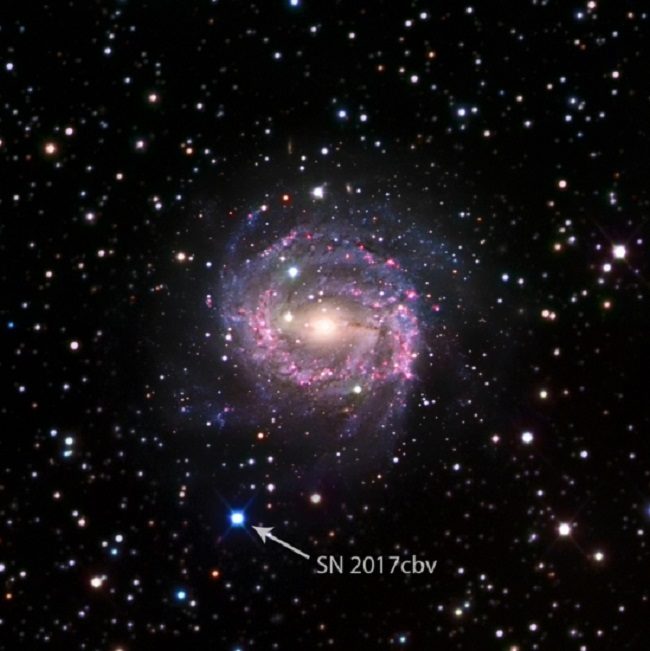
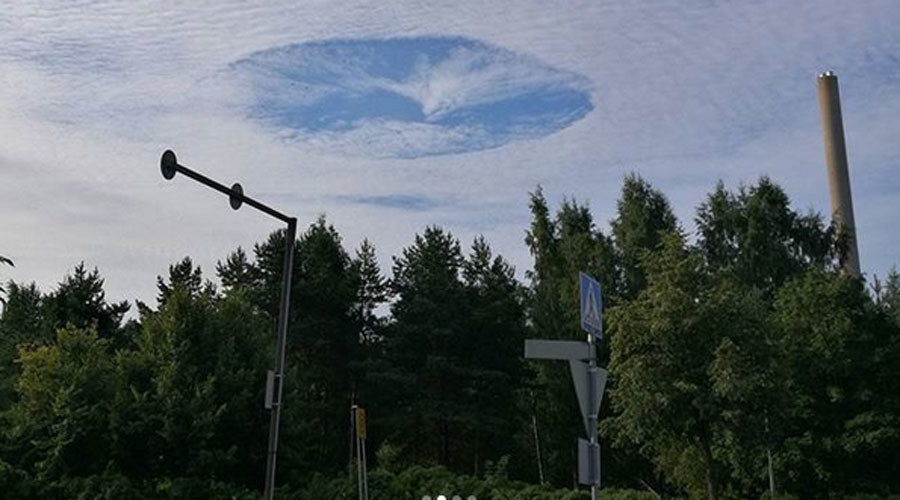
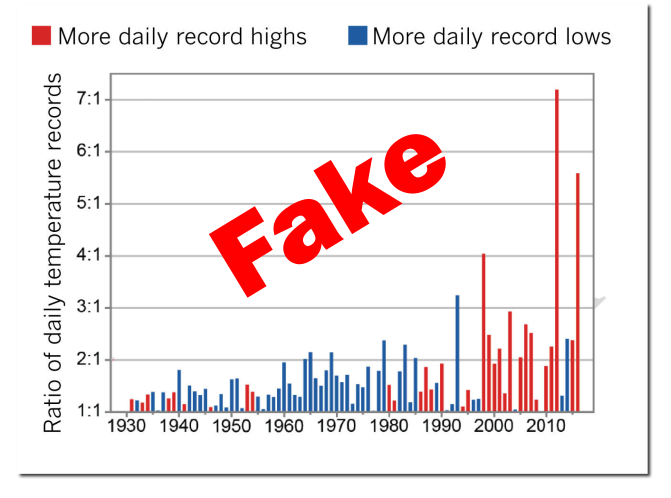
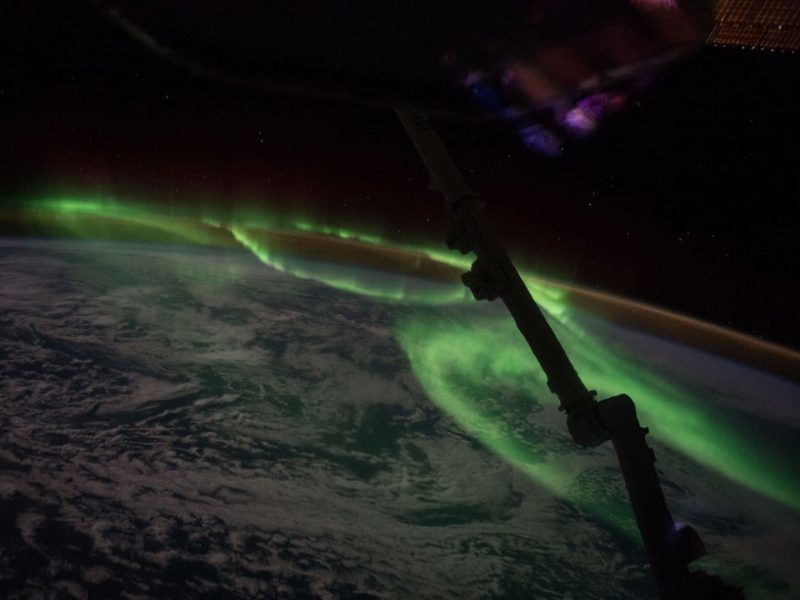
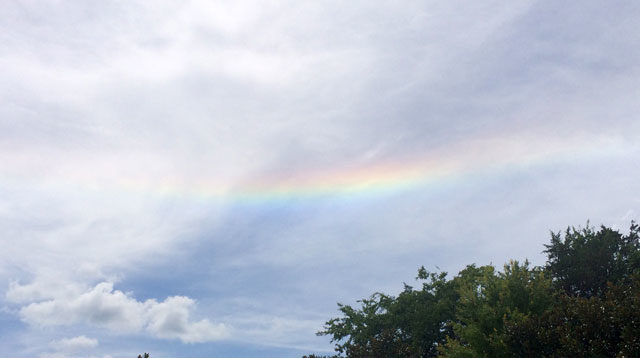
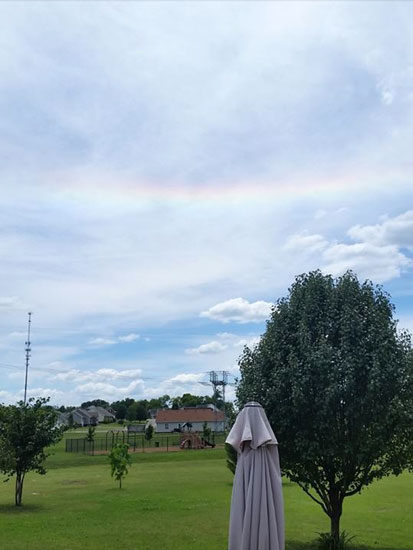
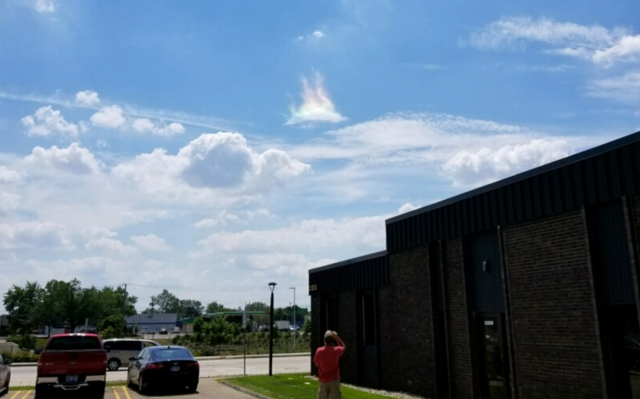
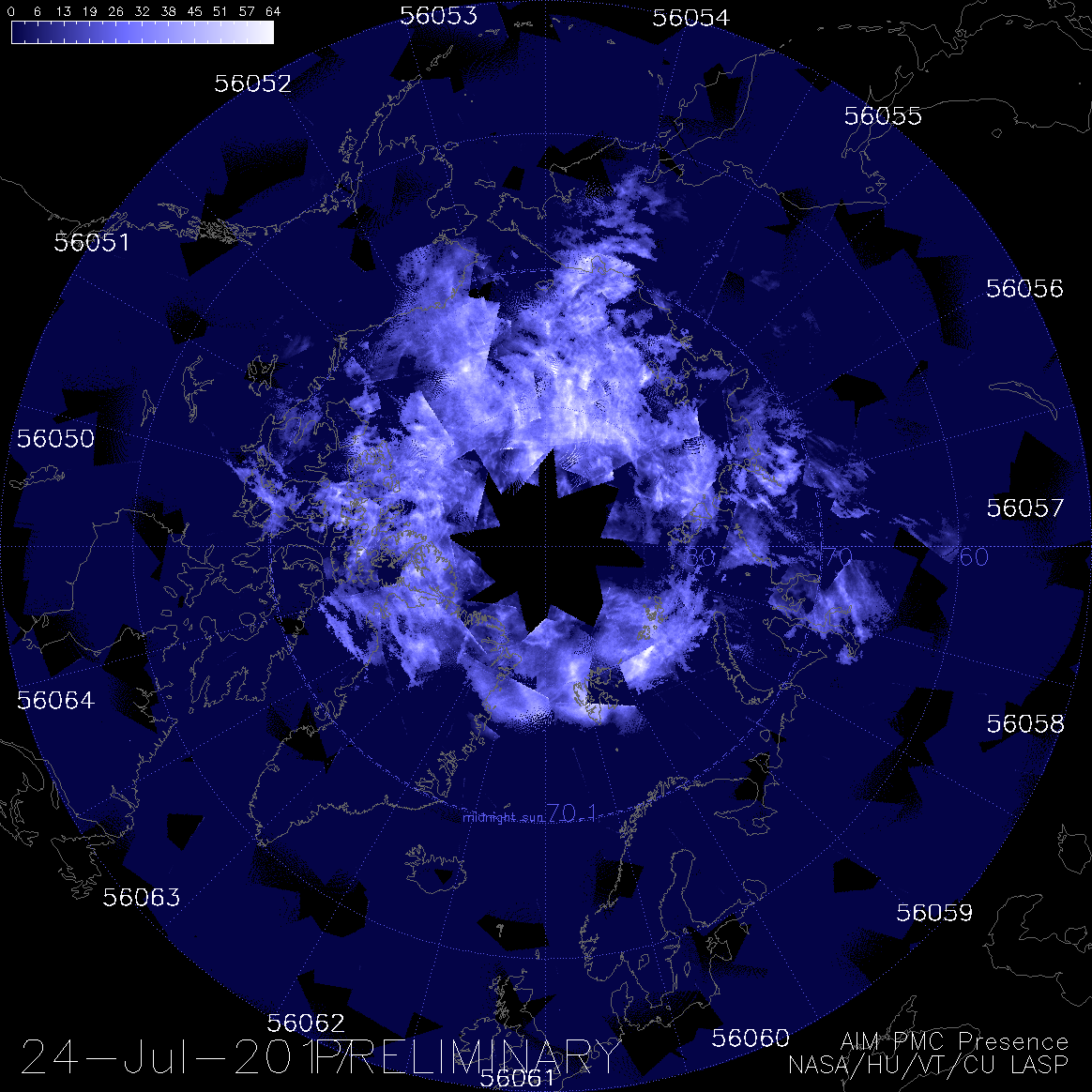



Comment: See also: